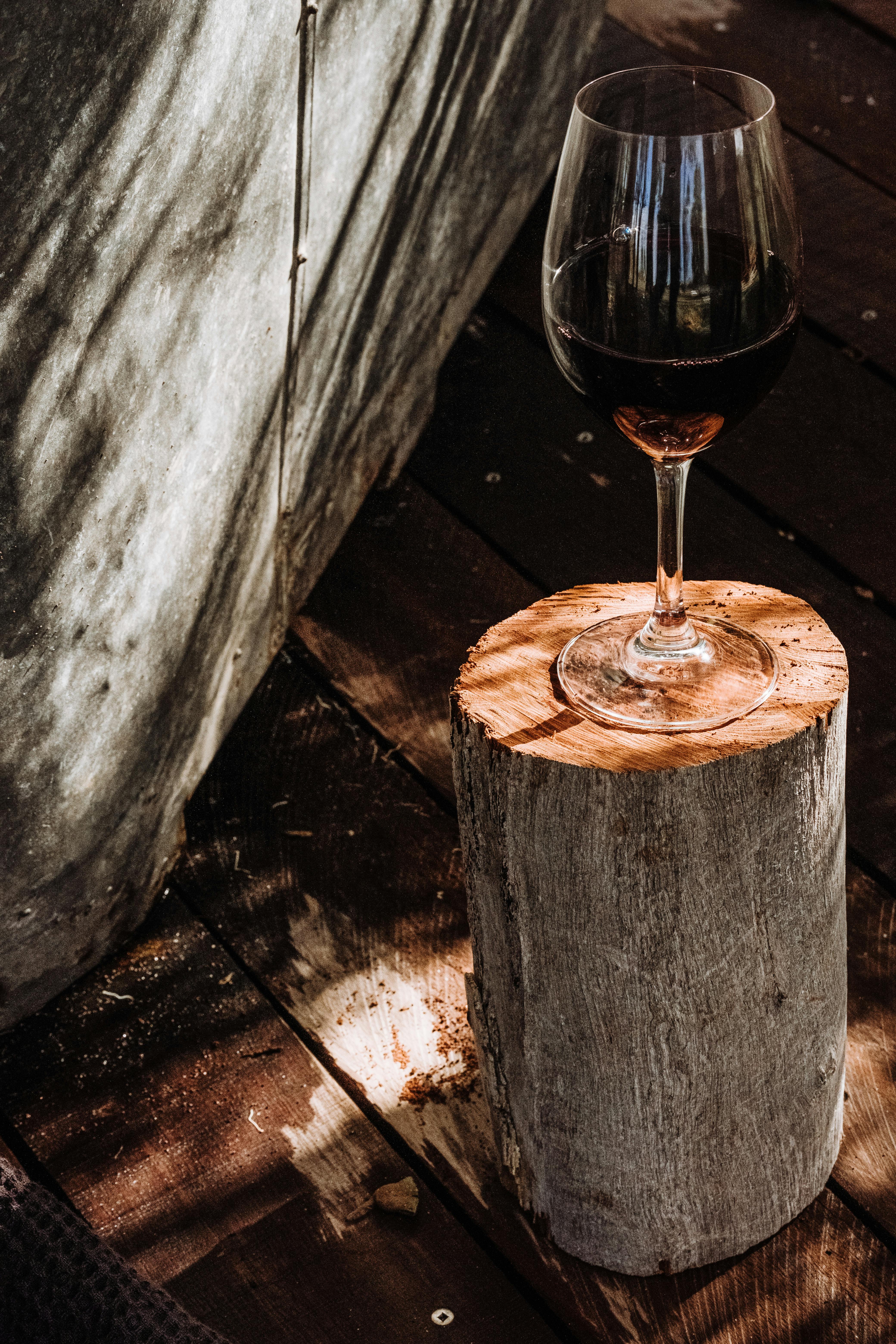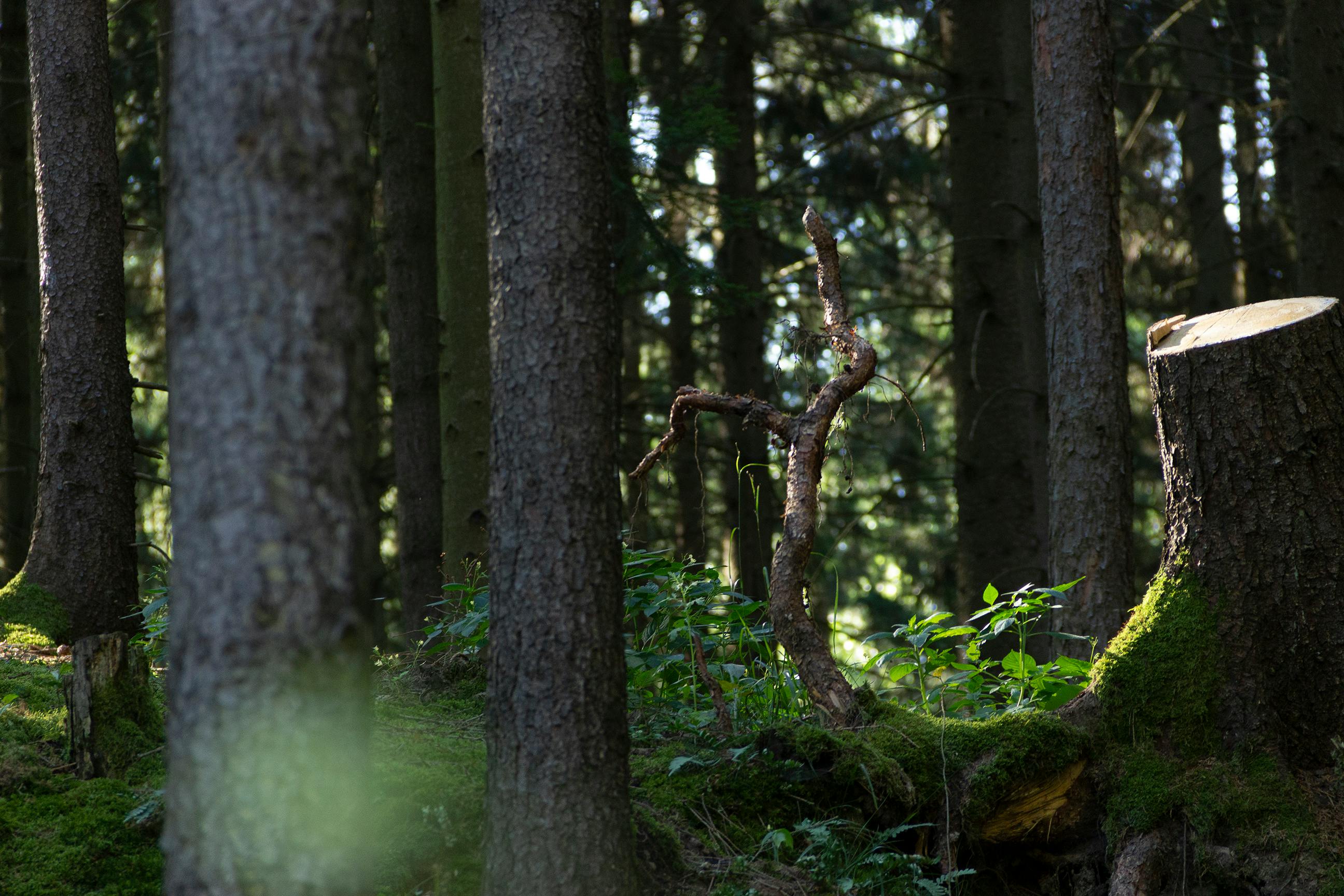Understanding Baumstumpf: A Natural Wonder
The Significance of Baumstumpf
Baumstumpf, or tree stump, plays a pivotal role in the ecosystem after a tree has fallen or been cut down. These remnants of trees are not just remnants; they serve several crucial **ecological functions**. For instance, they can become habitats for various organisms, including fungi, insects, and small mammals. Additionally, **baums stumpf** contributes to soil health by returning nutrients as it decomposes, thus promoting the growth of surrounding plants. Understanding their role can help us appreciate our environment more, emphasizing the interconnectedness of nature.
The Ecological Role of Baumstumpf
The ecological contributions of **baumstumpf** are diverse and significant. As a natural **decomposing structure**, it serves as a nutrient reservoir, enriching the soil as microbes break down the wood. This process not only recycles nutrients but also improves soil structure, making it easier for roots of nearby plants to penetrate. Furthermore, **stumps** can often host a variety of wildlife. Birds might use them as perches, and small mammals can find shelter in their crevices, showcasing the biological diversity that these seemingly lifeless features can support.
How Baumstumpf Can Be Utilized
Beyond their ecological function, **baumstumpf** can be creatively used in landscaping and design. Many homeowners opt to incorporate tree stumps into their gardens strategically. They can serve as rustic garden seats, unique plant holders, or even decorative elements that enhance the overall aesthetics of a landscape. Additionally, certain crafts capitalize on the natural beauty of tree stumps, transforming them into artistic sculptures or functional furniture pieces, demonstrating how nature can inspire creativity.

Challenges and Management of Baumstumpf
While **baumstumpf** has its advantages, it can also present challenges, particularly in urban settings where aesthetics and safety are prioritized. In many cases, tree stumps can become a **hazard**, especially if they are not managed properly. Over time, they may attract pests or become a breeding ground for certain fungi that can spread to healthy plants. Therefore, managing these stumps is crucial to maintaining a safe and healthy environment.
Removing Baumstumpf Effectively
Removing a **baumstumpf** requires careful planning and consideration. There are various methods to tackle stump removal, from manual digging to more technical approaches like using a stump grinder. The manual method involves cutting the stump as low to the ground as possible and then systematically removing the roots by digging them out. A more efficient option involves using a stump grinder, which can grind the stump down to below ground level, allowing for easier landscaping afterward. Regardless of the method chosen, it is important to ensure that the removal process does not disturb the surrounding ecosystem unnecessarily.
Recycling Baumstumpf
Instead of removing a **baumstumpf** completely, consider composting or recycling it. Stumps can be shredded and added to compost piles to enhance soil quality once they decompose. Alternatively, they can be transformed into mulch, which is highly beneficial for moisture retention in soil, alongside suppressing weeds. By recycling **baumstumpf**, we can contribute to sustainable practices that benefit the environment while also managing these remnants effectively.

Creative Uses for Baumstumpf
In addition to its ecological and practical significance, **baumstumpf** can also serve as an intriguing canvas for artistic expression and creativity. Gardeners and artisans alike tap into the rustic charm of tree stumps, transforming them into innovative and functional pieces that can adorn homes and gardens.
Craft Ideas Involving Baumstumpf
People have found numerous ways to repurpose **baumstumpf**. One popular craft involves turning a stump into a quirky bird feeder. By hollowing out the top of the stump and filling it with birdseed, you create a natural feeding platform that draws birds to your garden. Another unique idea is to paint or carve designs into the stump to create eye-catching garden art. This not only enhances the garden’s visual appeal but also promotes a sense of personalization.
Creating a Stump Garden
A more elaborate project is establishing a **stump garden**. This involves using tree stumps as planters, particularly for smaller plants that thrive in limited space. Positioning a variety of stumps around your garden and filling them with herbs, flowers, or even miniature shrubs can create a whimsical and sustainable garden display. Furthermore, these stump gardens require minimal maintenance while providing a stunning visual focal point.
Key Takeaways
- Baumstumpf plays an essential role in the ecosystem by providing habitat and returning nutrients to the soil.
- Creative uses of tree stumps in gardens can enhance aesthetics and functionality.
- Effective management of stumps is crucial to mitigate hazards in urban areas.
- Recycling and composting **baumstumpf** can contribute to sustainable gardening practices.
- Engaging in crafts and creative projects centered around stumps can foster artistic expression while utilizing natural resources.
FAQ
1. What is the environmental impact of Baumstumpf?
Baumstumpf has a significant environmental impact, acting as a natural habitat and nutrient source. As it decomposes, it fosters microbial life and enriches the soil, supporting nearby plant growth. Moreover, stumps can host various organisms, enhancing biodiversity within the ecosystem.
2. Can Baumstumpf attract pests?
Yes, if not managed properly, **baumstumpf** can attract pests like termites or ants. These creatures may populate stumps, leading to a further spread to live trees or vegetation. Regular inspection and removal of stumps can mitigate these risks, protecting the surrounding flora.
3. How can I creatively use Baumstumpf in my garden?
There are numerous ways to use **baumstumpf** creatively! You can turn them into rustic seating, planters, or decorative pieces. Crafting bird feeders from stumps or incorporating them into a shrub garden can enhance your outdoor space while showcasing the beauty of natural materials.
4. What are the steps to remove Baumstumpf safely?
To remove **baumstumpf** safely, begin by assessing the area and planning your approach. Cut the stump as low as possible, then dig out the roots carefully. If using a stump grinder, ensure that you’re following safety precautions and checking for underground utilities before proceeding.
5. Are there any benefits to leaving Baumstumpf in place?
Yes, leaving **baumstumpf** in place can benefit the ecosystem. Stumps provide habitats for wildlife and support soil health by enriching it as they decompose. They can also contribute aesthetically by serving as a natural part of the landscape.
6. Is it possible to compost Baumstumpf?
Absolutely! Composting **baumstumpf** is a great way to recycle the wood and return nutrients to your garden soil. Shredded stump material can be mixed into compost piles and used in various gardening projects.
7. What are some common misconceptions about Baumstumpf?
One common misconception is that all **baumstumpf** should be removed immediately. However, many stumps can play crucial ecological roles, enhance biodiversity, and contribute to the aesthetic appeal of landscapes. Balancing removal and preservation is essential for sustainable practices.
